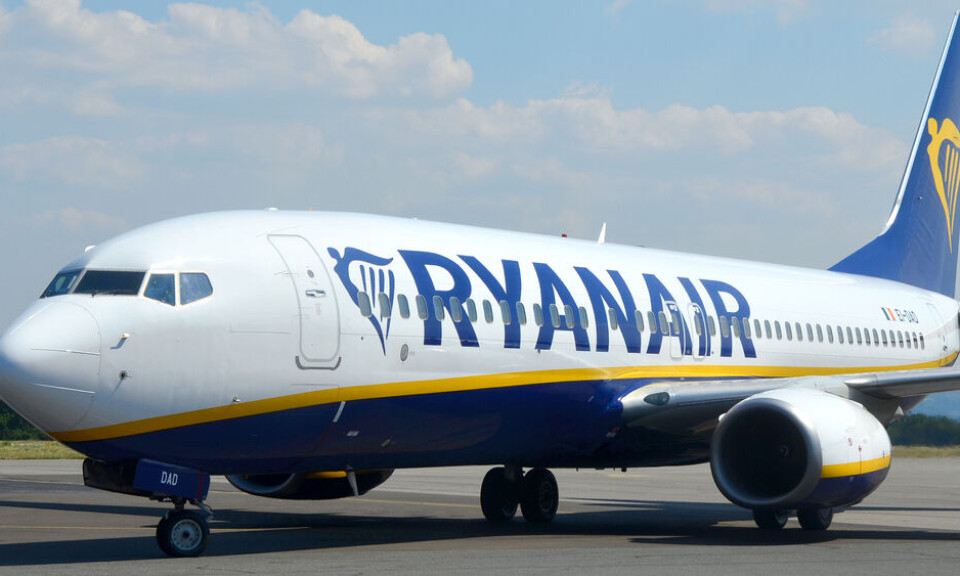-
GR, GRP, PR: What do the French hiking signs mean?
What are the coloured symbols on French hiking routes? Who paints them there and why?
-
Miss France: glam - but not sexy
Miss France organiser Geneviève de Fontenay fears she is fighting a losing battle to protect her 'Cinderella dream' from vulgarity
-
Normandy Landings visit for Queen
Queen Elizabeth has confirmed a state visit to France, ending rumours she is handing over duties to Charles
The crossroads for bird migration
Twice a year, the skies are alive with hundreds of different varieties that use France as a stopping-off point
FRANCE is a crossroads for birds heading north and south through Europe: bird monitoring website www.migraction.net logs more than 45 million a year at checkpoints across France.
Twice a year, the skies are alive with hundreds of different varieties that use France as a stopping-off point on their journeys of, often, thousands of miles.
Head for the Rhône delta in the Camargue this month and you stand a good chance of spotting short-toed eagle, squacco heron, glossy ibis, spectacled warbler, European bee-eater, purple swamp-hen or the European roller. The area is also known for its breeding colony of greater flamingoes.
If you go to the Pyrénées, you can spot Montagu’s harrier, black kite and honey buzzards and tumbling clouds of wryneck, redstarts, pied flycatchers and red-backed shrike.
In the north of the country, the Somme Bay and especially the Marquenterre Bird Park, is used by thousands of birds stopping off on their way from Africa, the Arctic, eastern Europe and Russia.
Sometimes you do not have to leave home at all: one contributor to the BBC’s Autumnwatch TV programme spoke of seeing 2,000-3,000 swallows in one noisy “swarm” last September, which circled above his house south of the Dordogne before settling in a field to feed.
Later in autumn, the humble chaffinch arrives in northern France on a migration from Scandinavia and Russia. Surprisingly, the flocks are usually single-sex. The little bird can travel nearly 250km in a day during its migration, and averages 50km.
The distances flown in migration are mind-boggling: an ortolan bunting was caught in France six days after being ringed in Sweden, 2,000km away, making an average speed of 330km a day.
One of the most spectacular migrations comes in February, when hundreds of thousands of cranes fill the sky for a day in the south of France – massive “vees” of birds making an unforgettable racket.
An autumn version is tamer, more dispersed, with smaller “vees”.
There are migration watches all over France from Cap Ferret on the west coast across to Fort de la Revère near Eze on the Côte d’Azur, from Cap Gris Nez in the north to Leucate in the south. They count all the arrivals in spring and autumn, and details are put up at www.migraction.net
The European Space Agency is getting in on the act, too, by setting up an early-warning system using radars to alert pilots of potential collision points with migrating flocks.
Migrating flocks can contain thousands of birds, and pilots are keen to keep well out of their way in case a collision with them damages the plane or an engine.






















